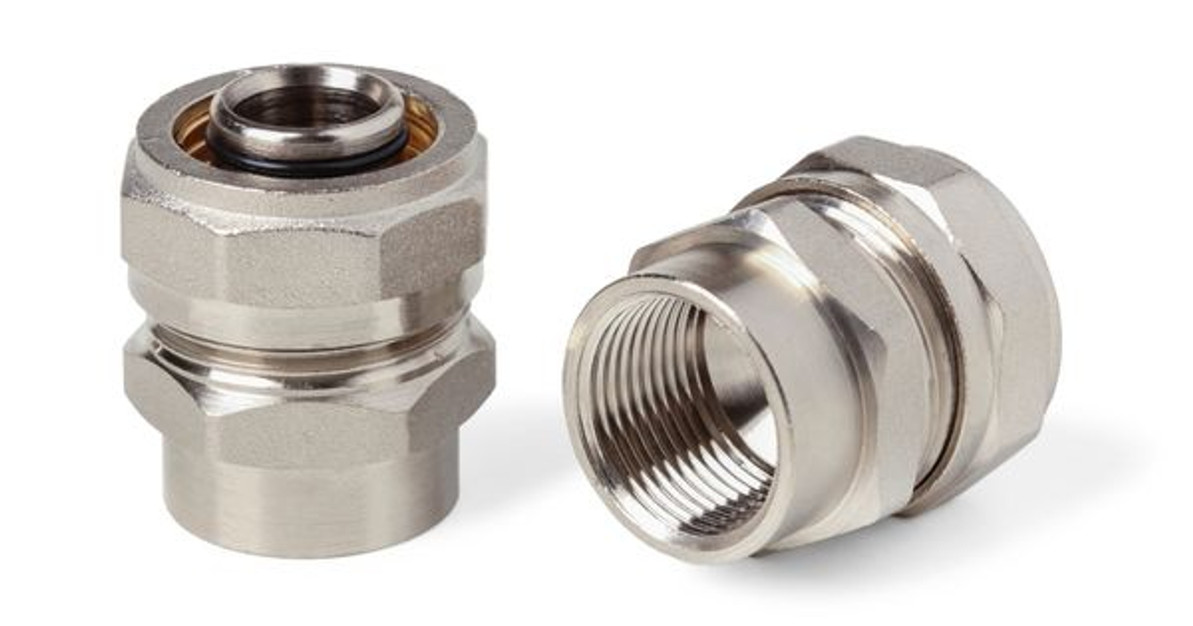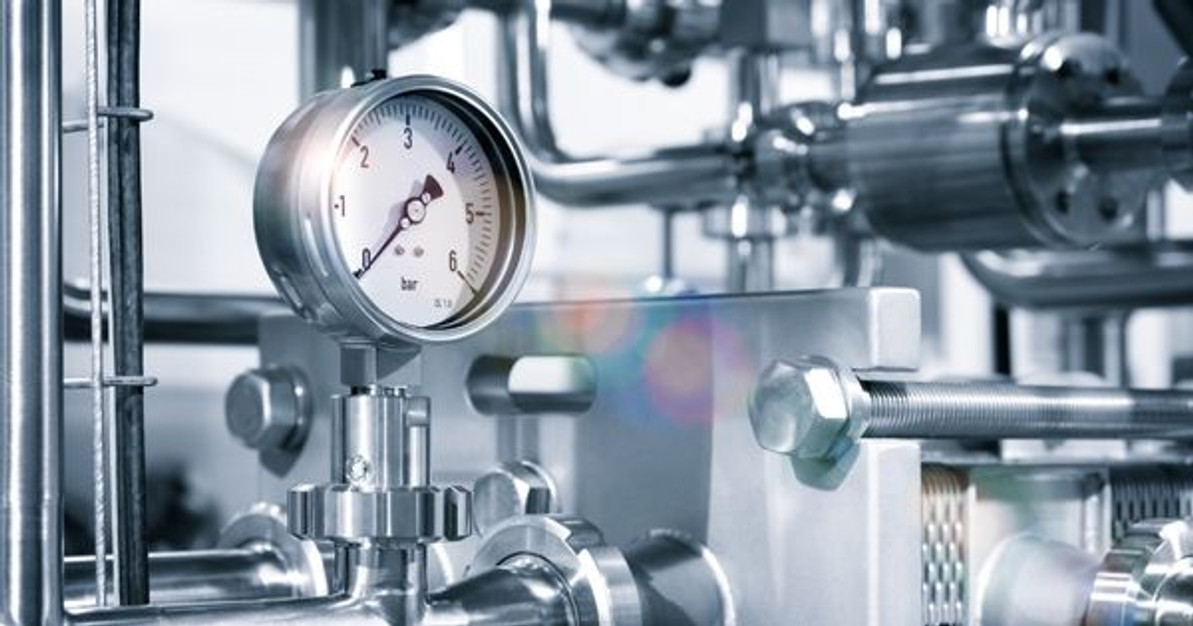 Jul 7th 2022
Jul 7th 2022The Different Types of Valves & Their Applications
Valves are a critical part of any pipe system because they give you control over the substances flowing through the pipes. However, there are different types of valves with different applications that you can choose from. In order to make an informed decision, it’s best to review some of the most common types of sanitary stainless-steel valves on the market.
Gate Valve
As the name implies, a gate valve is used to completely open or close the flow of fluids within a pipe system. Specifically, gate valves are a type of multi-turn linear motion valve that moves a wedge-shaped disc up or down within the valve to control a substance’s flow.
Gate valves may be applied to control the flow of liquids and gases like water, petroleum, or steam. It’s important to keep in mind that gate valves are not designed to throttle flow, as a partially opened or closed gate may wind up damaged. You can only either completely restrict the flow of a substance or completely remove any obstacle.
Globe Valve
Globe valves operate much the same as gate valves, in that they’re also a multi-turn linear motion valve. Globe valves use a convex disk-shaped plug to restrict substance flow by altering the distance between the plug and the stationary seat. This makes globe valves suitable for applications that require throttling or completely stopping the flow of a substance. However, they do have the disadvantage of experiencing high-pressure drops.
Plug Valve
A type of quarter-turn valve, plug valves are unique in that they feature a handle rather than a round spigot. Of the different types of valves, a plug valve’s application is best suited for high-density fluids and suspended solids. Like the gate valve, this type of valve is also used to completely restrict or permit the flow of a substance instead of throttling because it consists of a slit in the valve plug. The plug is open when the slit is in line with the flow direction and closed when the slit is turned 90 degrees.
Check Valve
The check valve is unique in that it is a non-return, automatically operated valve with an unassuming appearance. A spring always keeps a piston or valve ball loaded until the pressure of the fluid exceeds a limit and opens the valve.
These are just a few of the many variants of valves available. Take a look at the Chemseal collection of valves and give us a call if you need more information or help finding the right valve for your needs.
 Jul 7th 2022
Jul 7th 2022Recent Posts
-
Nov 7th 2022
What Is Food-Grade Stainless Steel Tubing?
Businesses that produce food and beverage products must operate hygienically. Sterile environments a …Nov 7th 2022
-
Oct 11th 2022
Why Sanitary Fittings Are Important for the Medical Industry
Sanitary fittings are useful for many industries. Food and beverage manufacturers have used these to …Oct 11th 2022
-
Sep 23rd 2022
What Is the Max Operating Temperature for Stainless Steel?
Stainless steel is valued in many industrial applications because it’s capable of withstanding high …Sep 23rd 2022




